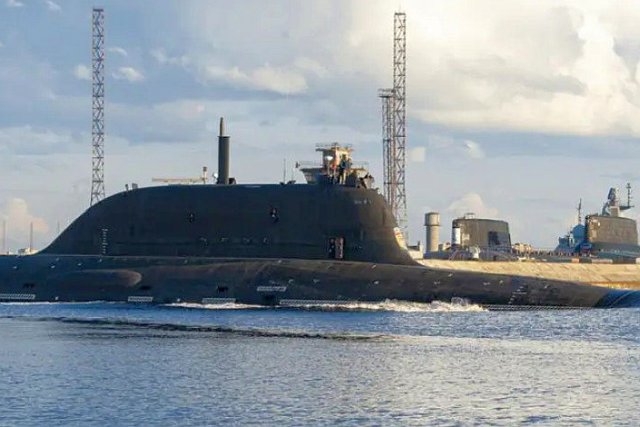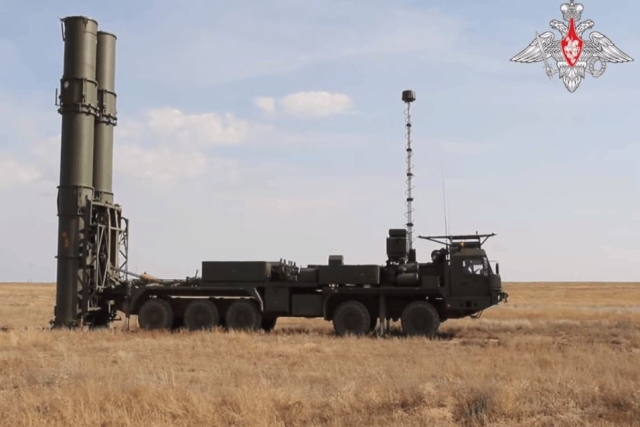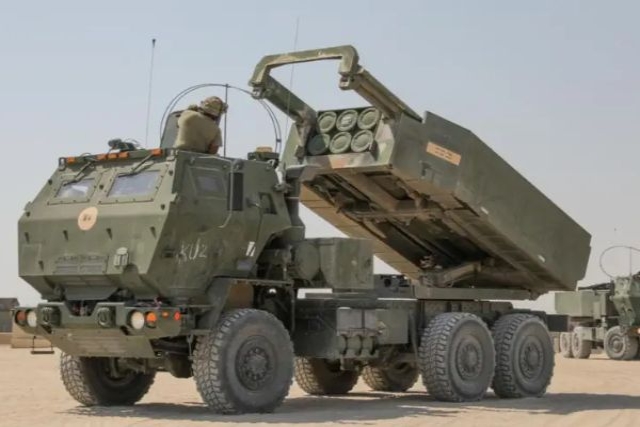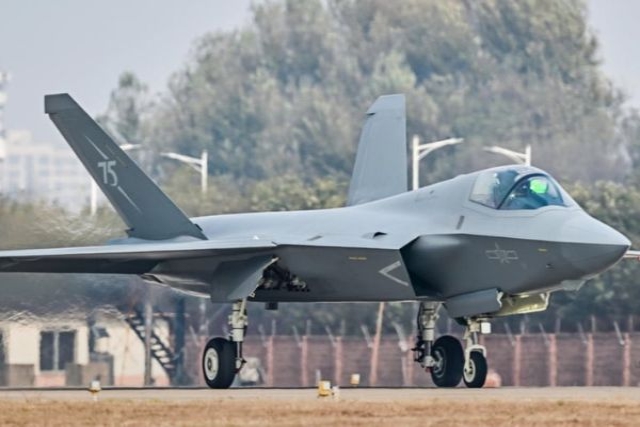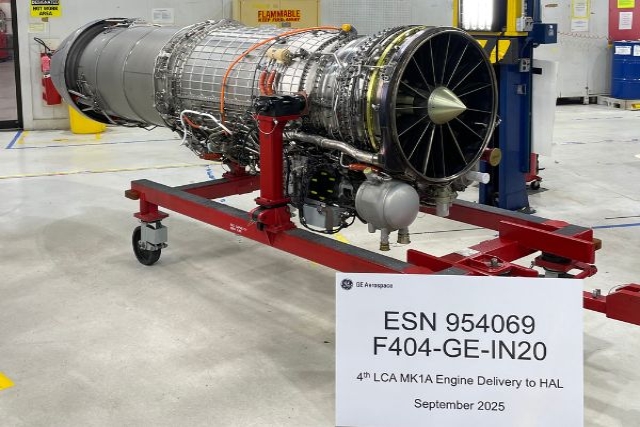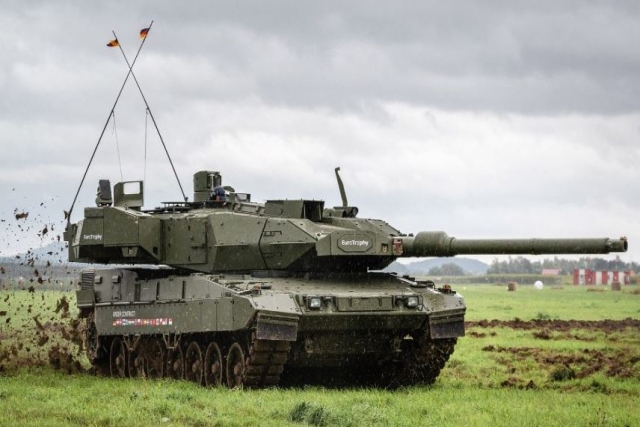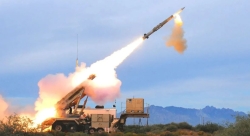UK and US Strengthen Defence with Breakthrough in Hypersonic Research
the propulsion system tested is designed to power a hypersonic cruise missile concept.

UK scientists have completed a hypersonic propulsion test in collaboration with the UK government, industry, and the US government.
According to the UK government website, the propulsion system tested is designed to power a hypersonic cruise missile concept.
Over 233 test runs conducted at various hypersonic speeds, the extensive testing took place at NASA's Langley Research Center in Virginia, USA, over six weeks.
The tests involved real-time data analysis to fine-tune the engine design and enhance its propulsion performance.
The trials explored various design options and confirmed the propulsion system’s readiness for future updates.
The engine demonstrated the ability to achieve longer ranges than conventional rocket engines. The tests, covering flight speeds from supersonic to hypersonic, ensured the engine's robustness and laid the groundwork for future improvements.
This research is part of the UK Ministry of Defence’s Team Hypersonics programme, aiming to deliver a hypersonic weapon demonstrator by 2030. The successful completion of these tests follows the UK Prime Minister's announcement of the largest sustained increase in defense spending since the Cold War.
The tests were carried out through a collaborative effort involving the Defence Science and Technology Laboratory (Dstl), the US Air Force Research Laboratory (AFRL), and UK industry partner Gas Dynamics Ltd.
Defence Secretary John Healey MP said, "This milestone in hypersonics research, supported by British scientists and small businesses, highlights our close collaboration with the United States to strengthen our Armed Forces and deterrence."

